There can be your advertisement
300x150
5+ Practical Tips on How to Shield Yourself from Nosy Neighbors at the Dacha
Neighbors can be different. Sometimes we're unlucky and they turn out to be too curious, persistent, or loud. We tell you how to hide from them
We tell how to protect your right to privacy and at the same time not violate the rules of good manners.
How to hide from neighbors? Fences and green plantings
Building or renovating a house, as well as planning a garden plot, is the best time to consider all details. You need to think ahead.
You should take into account not only the wind rose and the sun's height above the horizon in different seasons. There are requirements for fence height and transparency. Especially where they run along the boundaries of adjacent plots. Discuss all aspects of fencing with your neighbors right away. Don't neglect three rules of good neighborliness: negotiations, compromises, and acceptance of another point of view.
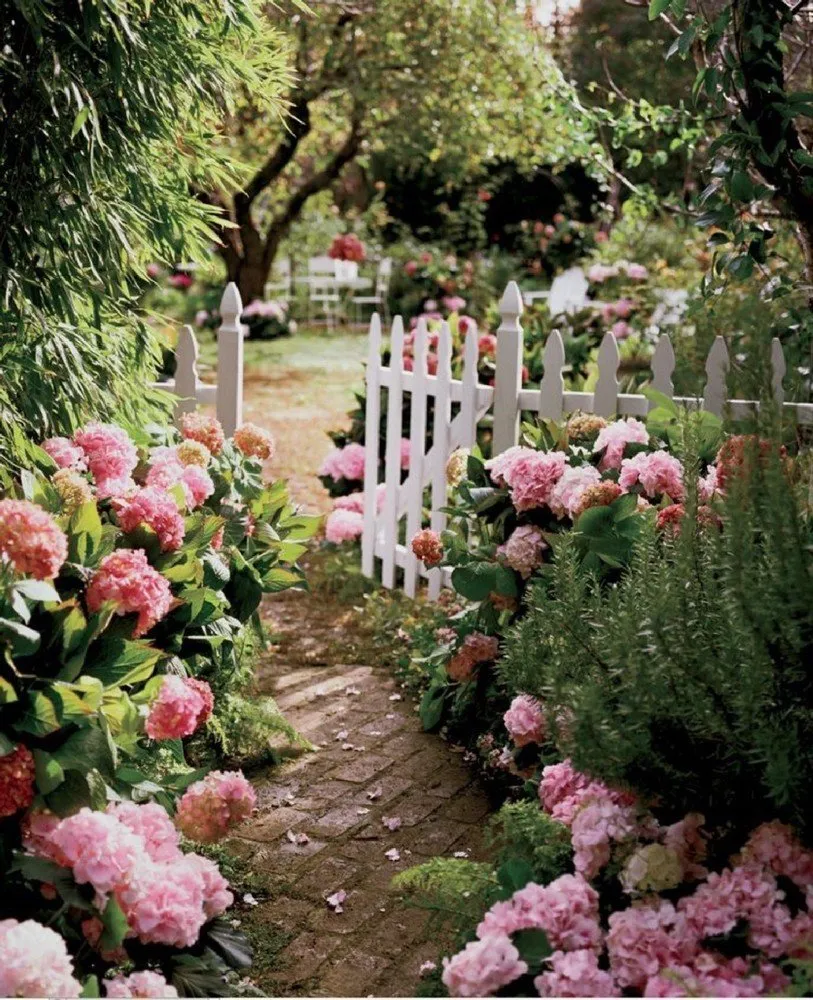 Pinterest
PinterestWho said that a low and permeable fence for light cannot be used to plant a protective green belt? Just don't place fruit trees or spreading shrubs here, even if the plot is compact — this gives extra reason and temptation to come closer or reach over a fence.
 Pinterest
PinterestWindows, terraces, and porches
The first line of defense: the outer perimeter, gates, and gates. The second line: approaches to the house and openings through which light and air enter.
Moving the porch or entrance to the terrace is too expensive and costly. But it can be disguised with trellises covered in climbing plants, thus gaining shade where needed. They are also suitable if the windows you spend a lot of time in open toward the street. Less dust too.
 Pinterest
PinterestFor terraces and balconies, as well as window framing, louver screens or foldable blinds can hide you from prying eyes. Don't forget about awnings and gazebos, decorative supports over windows for fast-growing climbing vines.
Those who love a green lifestyle will surely like the idea of using solar panel panels as a canopy.
Garden paths
When a path leads directly to the house, outsiders will follow it with their gaze. But if you soften the edges of paths and hide turns among trees, shrubs, and flower beds at different levels, you can avoid curious glances. If you still prefer straight lines, consider diagonals.
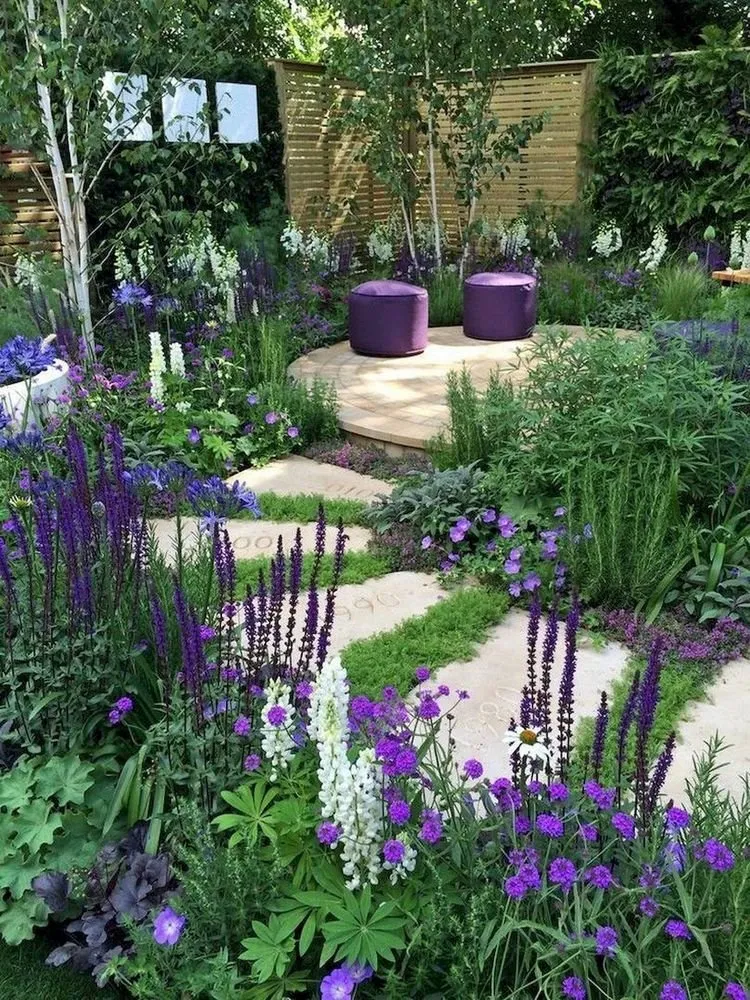 Pinterest
PinterestArbors, gazebos, and tents
If possible, relocate open relaxation spaces under a roof. Planters with trees and aromatic herbs in combination with other vertical greening techniques will be very useful there and provide cover from prying eyes.
At ground level, you can set up barbecue areas, post-lunch siestas, and evening gatherings. Rain protection (awnings, tents) will also help you hide from neighbors.
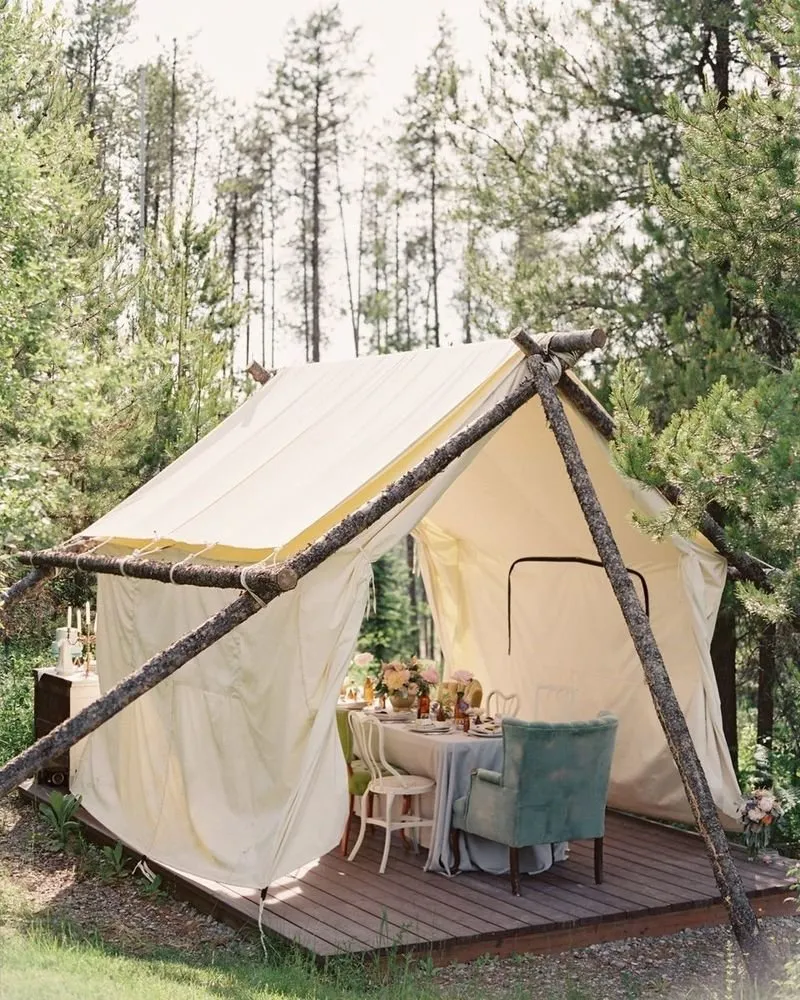 Pinterest
PinterestIf you don't want to build a roof or canopy, the trick of 'fence inside a fence' works well for such corners. The shape of the fence depends only on your imagination.
Evergreen trees planted closely to form a living wall through trimming. Vertical beds or mesh walls topped with flower boxes. Gabions, fences. Even textile screens: removable, easy to wash, and breathable. Not necessarily rectangular — choose a sail shape and imagine you're at a seaside resort.
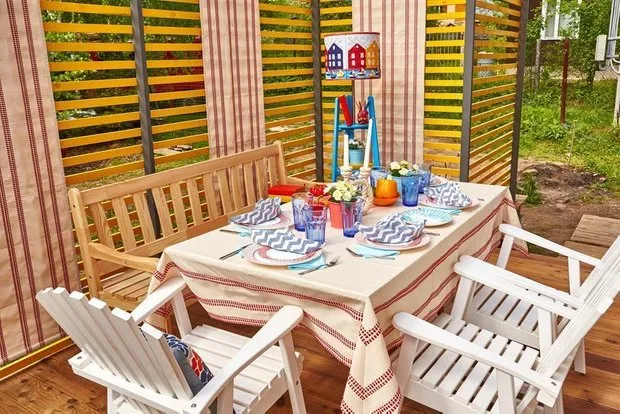 Проект: Оксана Костюченко
Проект: Оксана КостюченкоWinter garden
Where it's cool and damp, a standalone or attached structure with proper ventilation solves several problems at once.
First, to block sounds: glass does a great job at this. Second, to maintain a comfortable microclimate: some people not only enjoy having lunch or drinking coffee but also sleep under a glass roof, gazing at the stars. Third, to delight yourself with plants that don't survive in open ground and use them as a natural screen from unwanted glances.
 Pinterest
PinterestTwo more quick solutions
When the season is about to start, there isn't time for radical changes. Let's recall mobility.
- A four-sloped garden umbrella-tent can be framed with foldable trellises-blinds. To ensure stability, they are secured to plant containers but in a way that allows the structure to be dismantled in minutes. Add removable curtains or mesh screens, and a summer pavilion is ready.
- A frame with wicker or slats can be placed on wheels and moved as desired, following the sun or your whims.
- Foldable wicker or perforated screens can be moved from place to place almost instantly and arranged wherever you like.
- Another solution, though not as fast — build a space divider, which can serve as a woodpile for firewood and kindling, solving additional storage tasks. Both decorative and practical.
- A doorway of an open shower-fountain with a transparent water wall behind which you can hide. A good idea where water is not being economized.
- Even slats of the right size inserted into the cells of a plain mesh screen can add privacy.
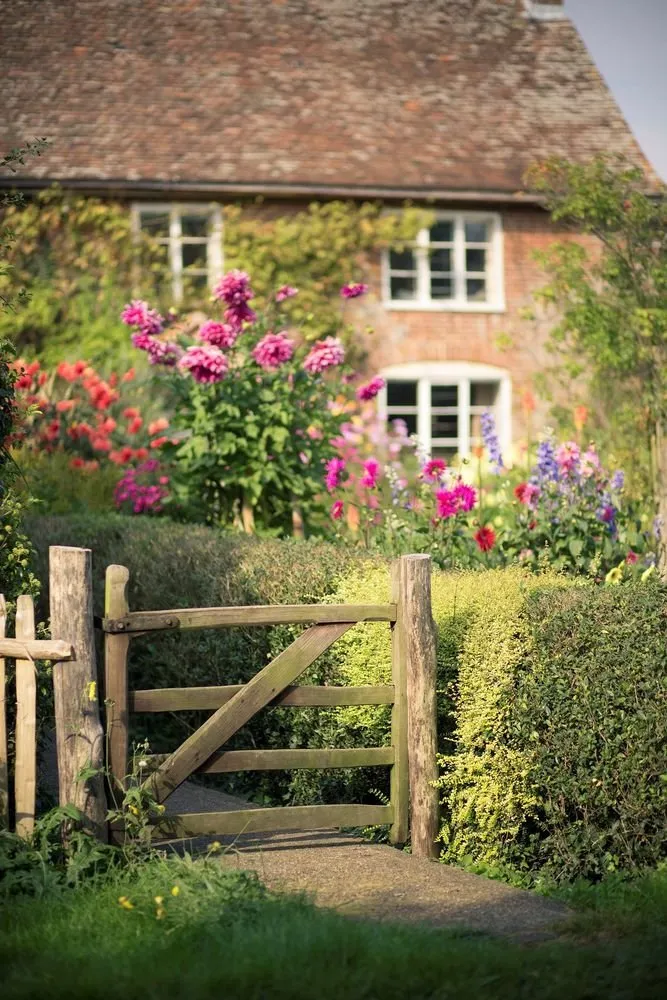 Pinterest
PinterestWhat about soundproofing?
Capital external fences and utility buildings on the perimeter of the plot work even better than green plantings. But ideal results will be achieved in combination: add a layer of soil and a continuous carpet of plants to the supporting structure using vertical greening, and you get a sound-absorbing structure with an additional bonus of thermal regulation.
With latticed or mesh fences, it's more difficult. When dacha houses are located too close to each other, even the sound of a powerful air conditioner can cause a migraine. For such cases, special sound-absorbing coverings made from multi-layered materials with various fillers have been developed. Visually they look like quilted blankets.
 Pinterest
Pinterest+ three more tips
- It's not advisable to keep uninvited guests at a distance using thorny wire or broken glass. However, opuntia, which needs just a little soil in a container above the fence, is both decorative and effective as a guard.
- In the stone outer wall or base of a lighter fence, experienced gardeners recommend creating something like a shelter for beneficial insects — for example, bees. Hollow dried stems, cones, and wooden planks with drilled holes will do. Bees not only pollinate plants on your plot but also deter nosy neighbors.
- If passive protection isn't helping, fight intruders of peace within the bounds of the law: advice can be found here.
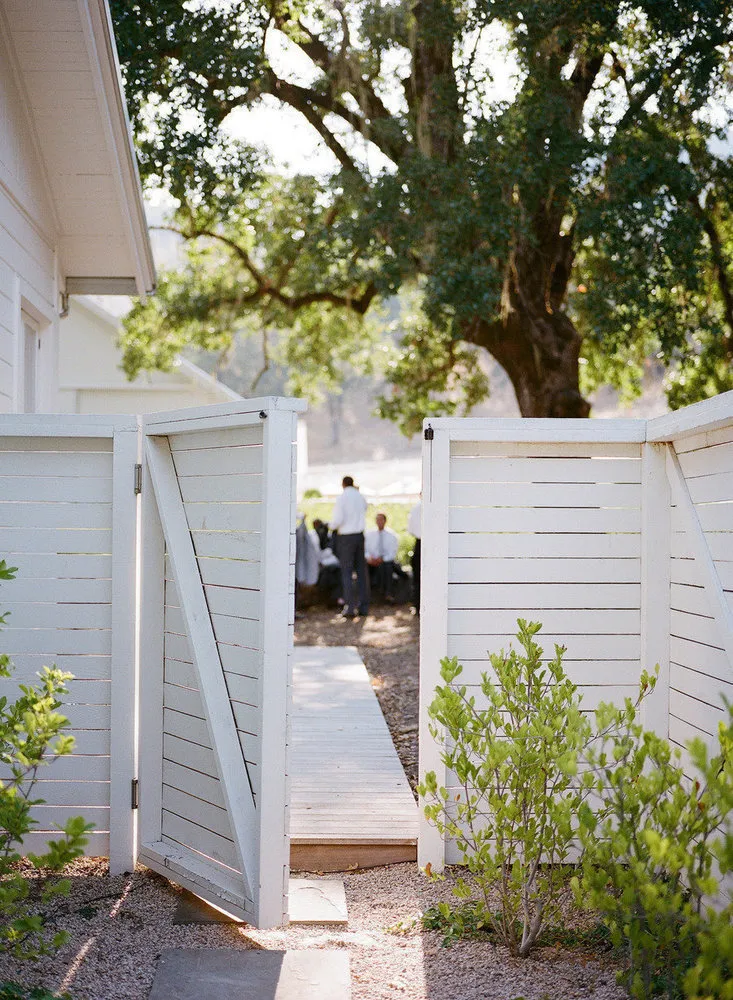 Pinterest
PinterestPhoto on the cover: Design by Olga Sobko.
More articles:
 8 Tiny Houses Up to 40 Square Meters
8 Tiny Houses Up to 40 Square Meters Why We Are Deprived of Hot Water: Explained in 5 Minutes
Why We Are Deprived of Hot Water: Explained in 5 Minutes How to Update Interior Only with Plants: 7 Ideas
How to Update Interior Only with Plants: 7 Ideas How to Equip a Bathroom on a Country Plot: Tips from Professionals + Examples
How to Equip a Bathroom on a Country Plot: Tips from Professionals + Examples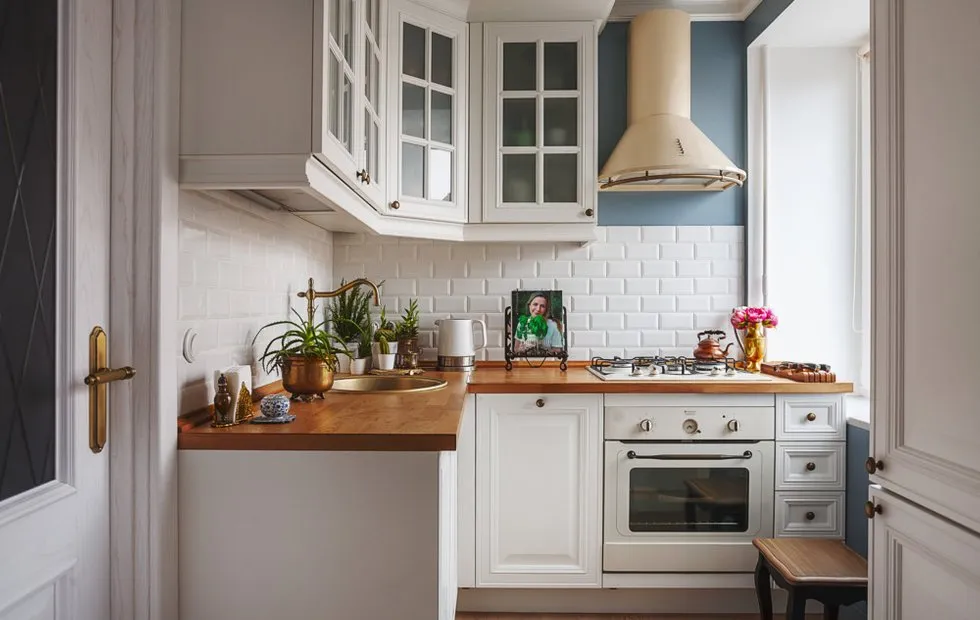 Design Battle: How to Arrange a Kitchen in a Khrushchyovka
Design Battle: How to Arrange a Kitchen in a Khrushchyovka How Did People Take Showers 200 Years Ago?
How Did People Take Showers 200 Years Ago? What You Need to Know if You Want to Repaint Walls
What You Need to Know if You Want to Repaint Walls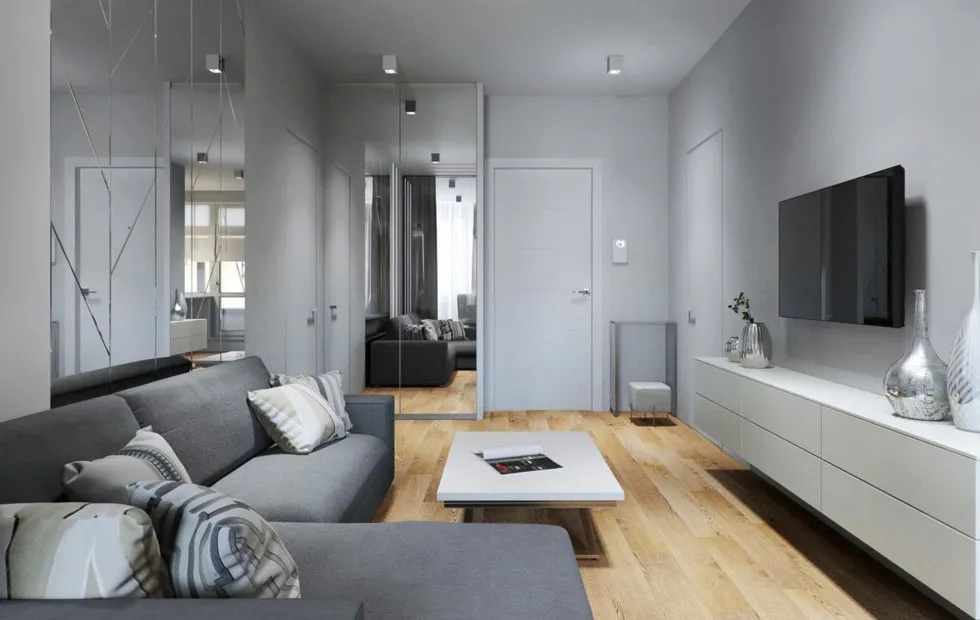 Reconfiguration of a 1-Room Apartment: How We Found Storage Spaces?
Reconfiguration of a 1-Room Apartment: How We Found Storage Spaces?